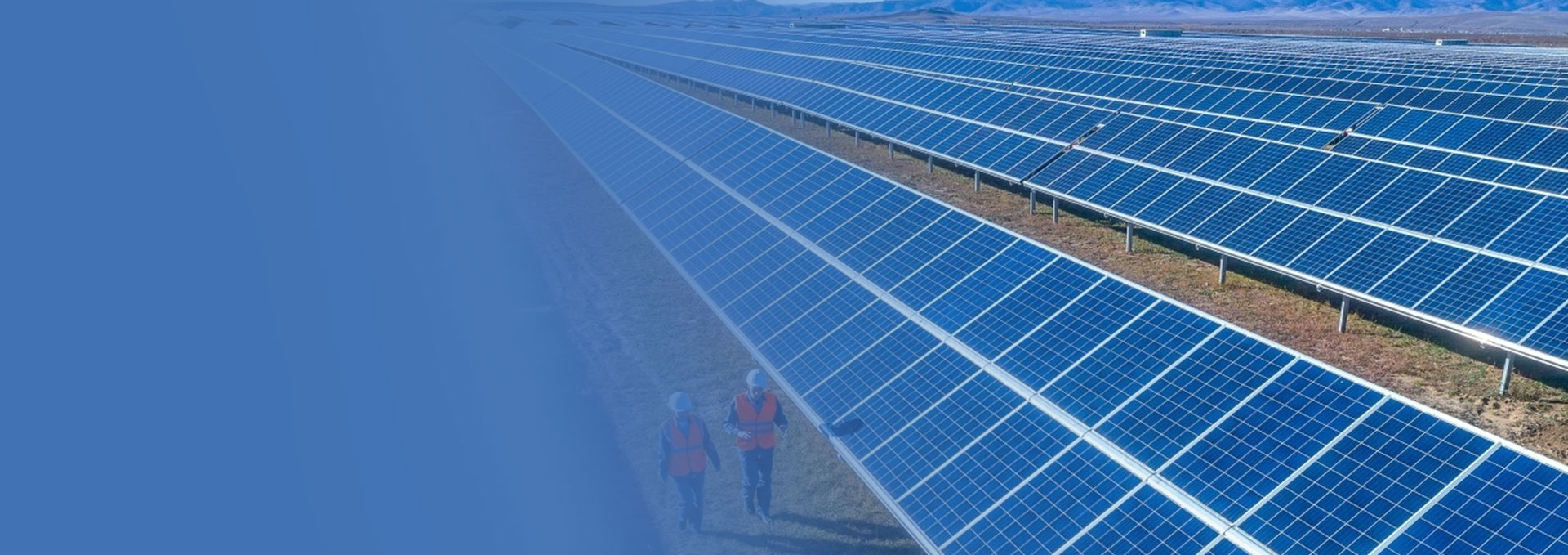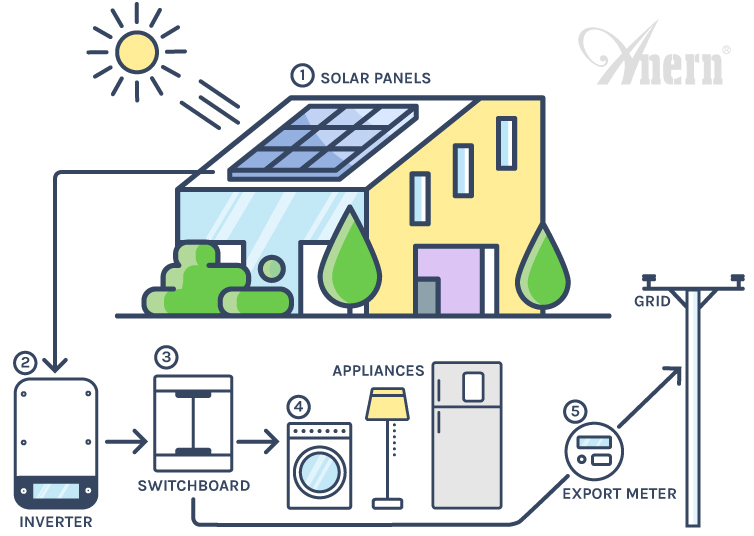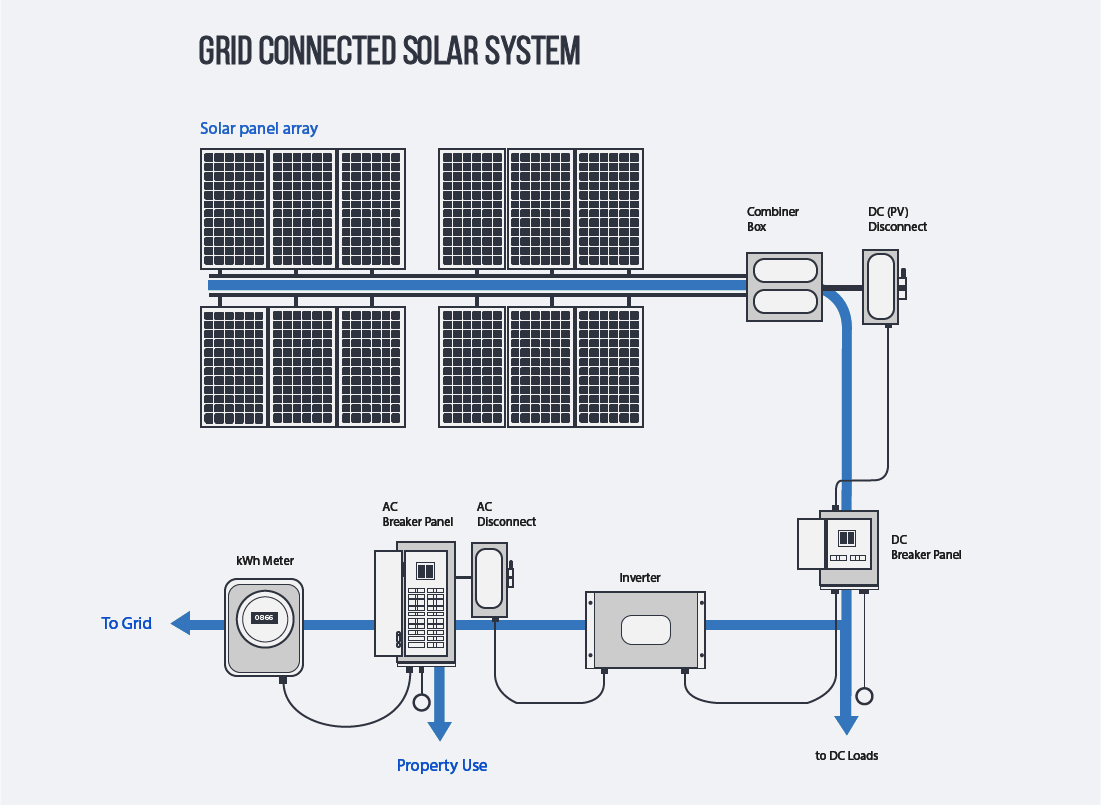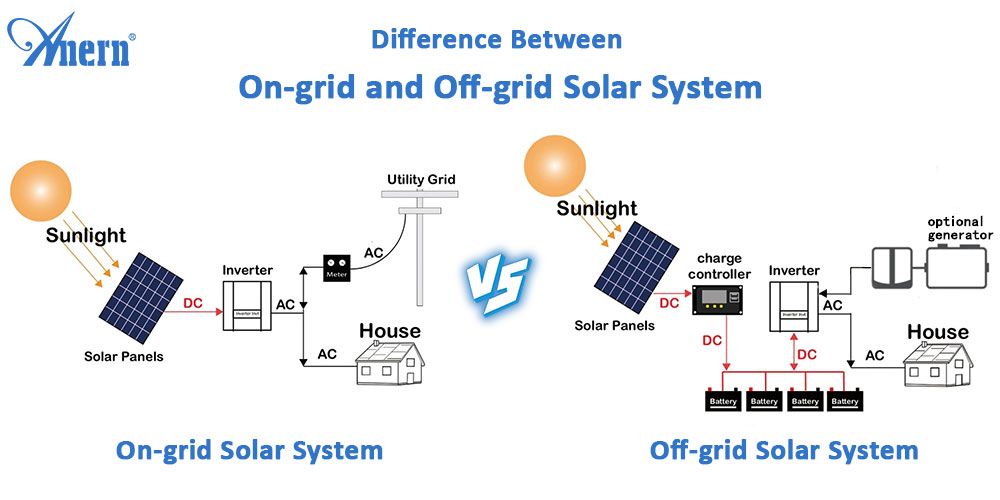On-grid solar power generation systems include centralized large-scale grid-tied solar systems and distributed small-scale grid-tied solar systems. Centralized large-scale grid-tied solar power stations are generally national-level power stations. The main feature is that the generated energy is directly transmitted to the power grid, and the power grid is deployed to supply power to users. However, this kind of power station has a large investment, a long construction period, and needs a large area. It has not developed much yet. The distributed small-scale grid-tied solar system, especially the photovoltaic building integrated power generation system, is the mainstream of grid-tied solar power generation at present due to the advantages of small investment, fast construction, small footprint, and large policy support.

Use clean, renewable solar energy to generate electricity, without consuming non-renewable resources, and no greenhouse gas and pollutant emissions generated.
The generated energy is fed into the grid, and the grid is used as an energy storage device, without the use of batteries, which can reduce the investment by 35%-45% comparing with off-grid solar systems, thus greatly reducing the cost.
In the design, the solar cell modules are perfectly combined with the building, which can not only generate electricity but also be used as building materials and installation materials, so that the material resources can be fully utilized to perform multiple functions.
Distributed construction, decentralized power supply nearby, and flexible integration into and exit from the power grid is not only helpful to enhancing the ability of the power system to resist natural disasters, but also help to improving the load balance of the power system, and reducing the loss of transmission lines.
The on-grid solar power system is generally composed of photovoltaic array composed of solar cell modules, solar charge and discharge controller, grid-connected inverter, DC load and AC load. The photovoltaic array converts solar energy into electric energy when there is light, and supplies power to the load through the solar charge and discharge controller.


How it works
An off-grid solar system, also known as an independent solar power generation system, is a system that does not rely on the power grid and operates independently. The electricity generated by the solar panel flows directly into the battery and is stored. When it is needed to use, the direct current in the battery flows through the inverter and is converted to alternating current.
On-grid solar systems, namely solar power generation, household power grid, and public power grid, are linked together. Solar power generation is directly inverted into the parallel voltage required by the national grid and is preferentially used by families. And when solar power can't generate enough power for home appliances, it's automatically replenished from the grid.

Whether the battery is used
The off-grid solar power systems must be equipped with a battery, while the on-grid solar system does not have a storage battery and other storage devices.
Different scope of application
The off-grid solar system is widely used because it is not restricted by region. As long as there is sunlight, it can be installed and used.
The on-grid solar power system can be used without battery packs, which greatly saves the cost of the system. Therefore, an on-grid solar system is more cost-saving and convenient.

After signing the relevant agreement with the grid company, the grid company will measure the unused grid-fed electricity and pay it to the owners in time according to the price and subsidy standards stipulated by each country in accordance with the electricity billing cycle.
Distributed photovoltaic system grid connection needs to consider safety, photovoltaic configuration, metering, and settlement issues. In terms of safety, whether the grid-connected point switch meets the safety requirements, and whether the safety of the equipment when the grid is abnormal or faulty can be reliably disconnected when the grid fails. Ensure personal safety.
In the case of a grid power outage, the distributed solar power system will generally quit operation and cannot generate power normally. However, in some extreme cases, islanding may occur, that is, the distributed solar system still continues to operate with part of the loads after the power outage, which may cause risk to maintenance personnel Personal safety, and the possibility of destroying household appliances and grid facilities, so the distributed system must have the function of anti-islanding.

Make your business profitable
Zero your Electricity bill
Leading the solar solutions industry